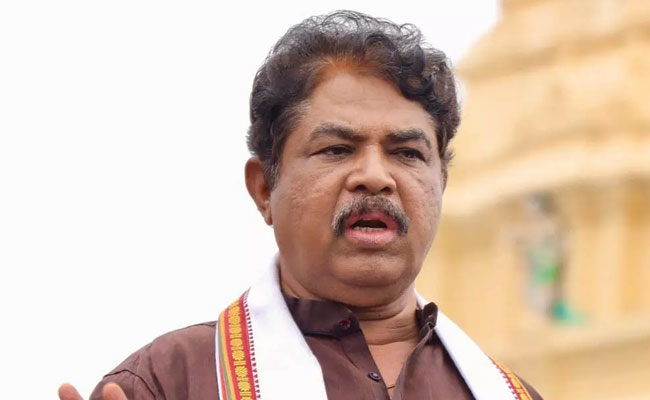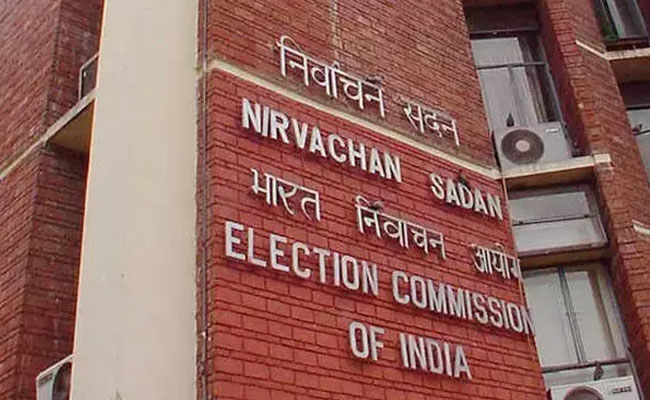New Delhi, June 20 : People living in Kerala and males living in urban areas in India are more at the risk of cardiovascular Disease (CVD) risk than those in the rural areas, finds a study of nearly 800,000 people.
The nationwide risk study, conducted by researchers from the Public Health Foundation of India (PHFI) and Harvard University, showed that the average 10-year risk of a fatal or nonfatal CVD event varied widely among states in India, ranging from 13.2 per cent in Jharkhand to 19.5 per cent in Kerala, with wealthier and more urbanised states tending to have a higher risk.
"CVD has emerged as a leading cause of death in India however, the prevalence varies among states and different socio-economic groups. Early assessment of CVD among high risk population and targeted efforts can reduce substantial premature mortality and morbidity," said Ashish Awasthi, Assistant Professor at PHFI.
The results, published in the journal PLOS Medicine, was based on two large household surveys carried out between 2012 and 2014, which included a sample of 797,540 adults aged 30 to 74 years across India.
People living in southern states of India namely Kerala, Andhra Pradesh, Karnataka, Tamil Nadu, including Goa, and those living in Himachal Pradesh, Punjab, Uttarakhand, are more at the risk of CVD. The list also includes the northeastern states (except Assam), and West Bengal (particularly among males).
"CVD risk varied widely among states and we also observed important variation of cardiovascular disease risk factors, such as smoking and diabetes, by adults' socio-demographic characteristics," added Pascal Geldsetzer from Harvard's T.H. Chan School of Public Health.
"Our findings could be helpful in deciding how to allocate resources to prevent CVD to those most in need."
The study also determined that smoking was more prevalent in poorer households and rural areas, whereas body mass index, high blood glucose, and systolic blood pressure -- indicators of CVD risk -- were associated with household wealth and urban location.
The key findings and mapping of CVD risk across the states of India may guide us to reach the pockets at high risk for immediate and effective implementation of relevant programs and towards formulation of new policies.
"This study clearly demonstrates the need for translational research on diabetes and hypertension prevention and management in India. It also highlights the urgent need for population-wide interventions such as the elimination of artificial trans fat and sodium reduction as well as reducing tobacco use," the researchers noted.
Let the Truth be known. If you read VB and like VB, please be a VB Supporter and Help us deliver the Truth to one and all.
Bengaluru (PTI): Targeting Chief Minister Siddaramaiah and the Congress government in Karnataka on corruption, BJP leader R Ashoka on Friday said, being foolish was forgivable, but being "shameless" in public life was not.
The Leader of Opposition in the state Assembly claimed that in just 30 months of its tenure, the Congress administration has broken every previous record on corruption-related controversies.
He was responding to Siddaramaiah's post on 'X' on Thursday hitting back at the BJP, stating that Upa Lokayukta Justice Veerappa's claims of "63 per cent corruption" were based on his report in November 2019, when BJP's B S Yediyurappa was the CM.
"But Ashoka, without understanding the Upa Lokayukta's statement properly, has ended up tying the BJP's own bells of sins onto our heads and has effectively shot himself in the foot," the CM had said, as he accused Ashoka of foolishness for trying to twist Veerappa's statement to target the current government.
Responding, Ashoka said, "it is one thing to be called foolish in politics, that can be forgiven."
"But in public life, especially in the Chief Minister's chair, one must never become shameless," Ashoka posted on 'X' on Friday addressing Siddaramaiah.
Noting that the CM himself had admitted on the floor of the Assembly that a Rs 87 crore scam took place in the Valmiki Development Corporation, he said that when a CM acknowledges such a massive irregularity inside the floor of the House, the natural expectation is immediate action and accountability.
"But instead of taking responsibility, you continue in office as if nothing has happened. What should the people of Karnataka call this, if not sheer shamelessness," he asked.
Pointing out that the CM's Economic Advisor and senior Congress MLA Basavaraja Rayareddy had publicly stated that under Congress rule, Karnataka has become No.1 in corruption, Ashoka said, "Yet, you still cling to the Chief Minister's chair without a moment of introspection. What should the people of Karnataka call this, if not sheer shamelessness."
Senior Congress MLA C R Patil had exposed the "money for House" racket in the Housing Department and even warned that the government would collapse if the details he has were made public, Ashoka said.
"Despite such serious allegations from within your own party (Congress), you neither initiated an inquiry nor acted against the concerned minister. What should the people of Karnataka call this, if not sheer shamelessness," Ashoka asked the CM.
Highlighting the "40 percent commission" allegation Congress made against the previous BJP government, the opposition leader said, the commission that the Siddaramaiah government appointed concluded that the accusation was baseless.
"After your own panel demolished your own claim, what moral right do you have to continue repeating that allegation. What should the people of Karnataka call this, if not sheer shamelessness," he asked.
For the last two and a half years, Karnataka has been 'drowning' in corruption, scandals, irregularities and allegations across departments. Ashoka said, "If I begin listing every case that emerged under your government, even 24 hours would not be enough."
"And the most tragic aspect of your administration is this: the unbearable pressure, corruption demands and administrative harassment under your government pushed several officers and contractors into extreme distress - including the suicide of Chandrasekharan which exposed the Valmiki Development Corporation scam - a sign of how deeply broken the system has become under your watch," he said.
Instead of fixing this hopeless environment, the government has tried to bury every complaint and silence every voice, he charged.
"Being foolish is forgivable, but being shameless in public life is definitely not."
"When your own ministers admit scams, when your own advisors certify Karnataka as No.1 in corruption, and when your own MLAs expose rackets inside your departments - clinging to power without accountability is not leadership. It is shamelessness in its purest form." PTI KSU
Earlier on Thursday Ashoka had demanded that the corruption case and allegations in the state against the Congress government be handed over to a CBI investigation, citing a reported statement by Upalokaykta Justice Veerappa alleging "63 per cent corruption", following which Siddaramaiah hit back at the BJP leader.





